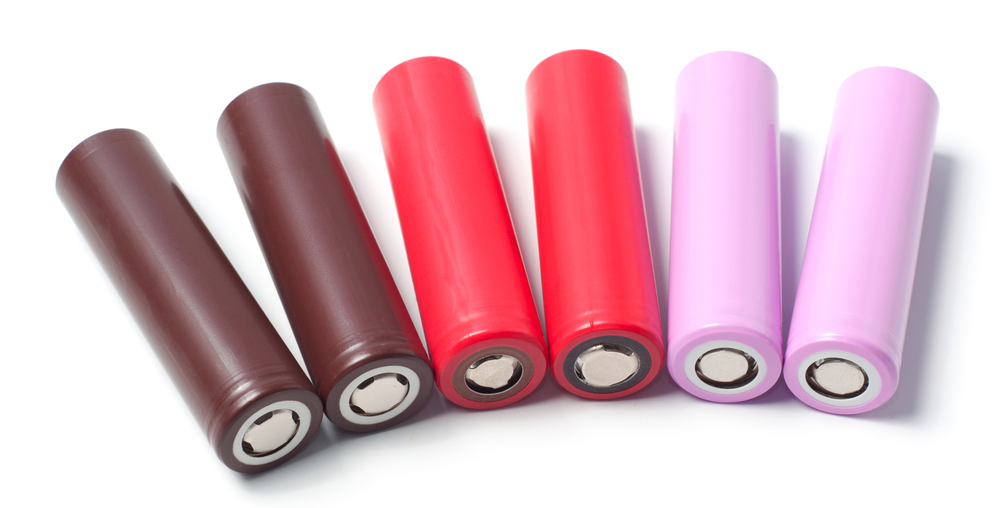

Sensitive Detection of Electrodes' Surface Chemistry by MAS-DNP
A major challenge in the development of new high energy and high power rechargeable batteries is control over the interactions and parasitic reactions between the various battery cell components. A battery cell is composed of a negative electrode (anode) and positive electrode (cathode) separated by an electrolyte, which in Li-ion cells is a lithium salt dissolved in a mixture of organic carbonates. Typically, anode materials operate outside the stability window of the electrolyte resulting in non-reversible electrolyte reduction on the electrode’s surface and the formation of a solid electrolyte interface (SEI)[1]. However, surface reactivity is a concern also on the cathode side of Li-ion cells, as well as in newer battery chemistries such as the lithium-oxygen system[2].
While the SEI has been identified and researched for more than 40 years, it is considered to be one of “the most important but least understood component”[3] in lithium ion batteries. It is important as it determines the feasibility and rate of lithium ion transport between the electrode and the electrolyte and it is difficult to characterize as it is comprised of a complex heterogeneous (inorganic and organic phases) and disordered 3D nanometric architecture.
Nuclear Magnetic Resonance (NMR) Spectroscopy can potentially provide detailed chemical and structural information on the SEI. However, due to the inherent low sensitivity of the NMR approach it is limited in the study of high surface area electrodes, high magnetic fields and requires the use of isotope enrichment which is not always feasible.
To overcome this sensitivity limitation, researchers from the Weizmann Institute of Science and the University of Cambridge employed Dynamic Nuclear Polarization (DNP). In a recent publication in the Journal of Physical Chemistry Letters[4] the team showed how DNP and low temperatures (LT) NMR spectroscopy can be used to boost the sensitivity of NMR measurements, opening the way for surface sensitive characterization of the complex phases making the SEI.
To develop the approach, the researchers used reduced graphene oxide (rGO) as an anode material, which results in significant electrolyte reduction (a section of the rGO anode is shown before and after cycling it in a lithium ion cell in figure 1a-b). DNP experiments done at Bruker facility in Wissembourg, France, revealed increased sensitivity in the detection of the SEI formed on rGO: natural abundance 13C spectra acquired in only few hours, provided detailed fingerprints of the organic phases making the SEI (figure 1c). Without DNP such sensitivity can only be approached with isotope enrichment and more than a day of signal acquisition.
The sensitivity gained by DNP opens the way for multidimensional experiments which are essential for spectral assignment and structural insight into the phases making the SEI. Furthermore, as the characterization can be done with no isotope enrichment the approach can be used to study novel electrolyte compositions and developing sacrificial electrolyte additives which can be used to control and tailor the nature of the SEI layer. Such insight is critical for the development of viable high energy storage systems based on rechargeable batteries.
References
[1] “The Electrochemical Behavior of Alkali and Alkaline Earth Metals in Nonaqueous Battery Systems- The Solid Electrolyte Interphase Model”, E. Peled, Journal of the Electrochemical Society, 126, 12, 2047-2051, 1979.
[2] “Electrolytes and interphases in Li-ion batteries and beyond”, Kang Xu, Chemical Reviews, 114, 23, 11503-11618, 2014
[3] “The Solid Electrolyte Interphase – The Most Important and the Least Understood Solid Electrolyte in Rechargeable Li Batteries”. M. Winter, Zeitschrift für Physikalische Chemie, 223, 10-11, 1395-1406, 2009.
[4] “Surface Sensitive NMR Detection of the SEI Layer on Reduced Graphene Oxide”, M. Leskes, G. Kim, T. Liu, A. Michan, F. Aussenac, P. Dorffer, S. Paul, C.P. Grey.


